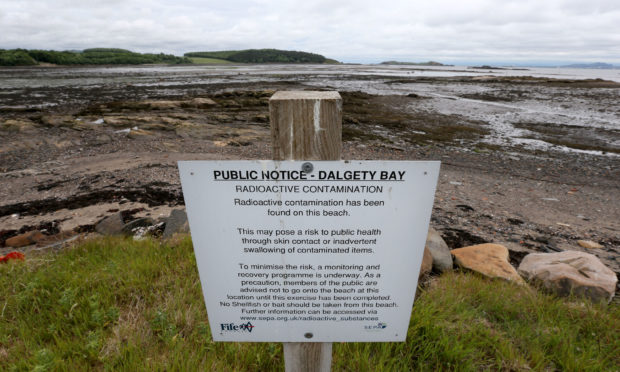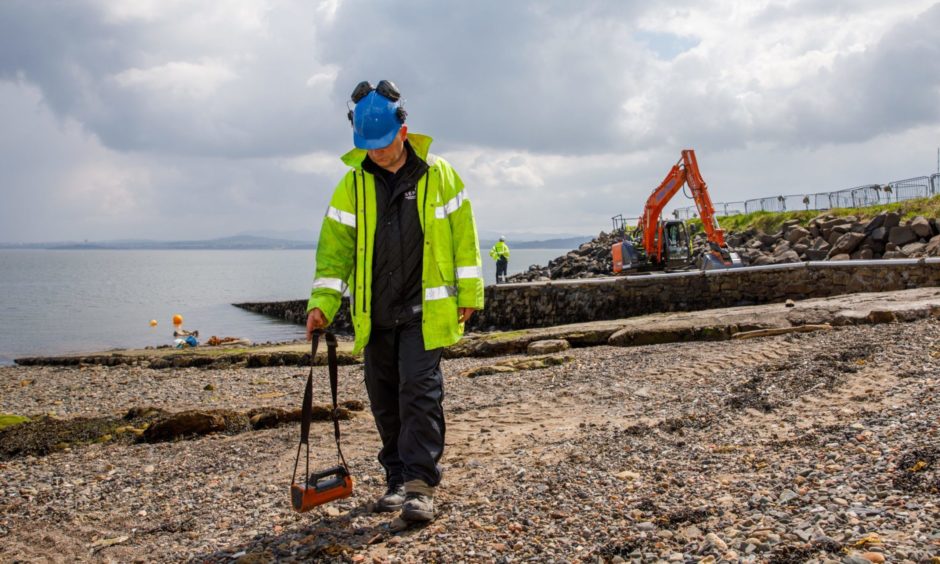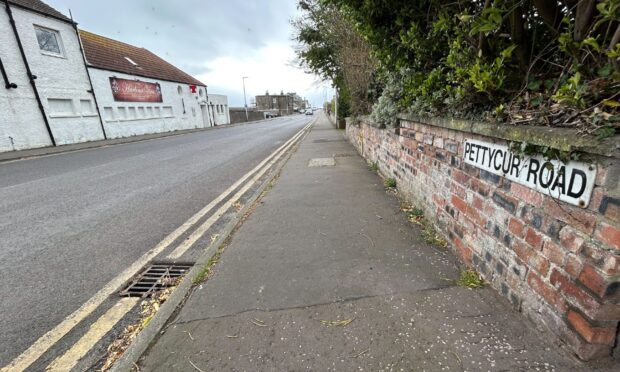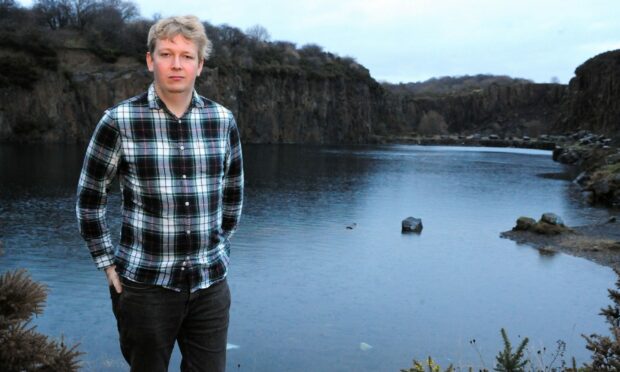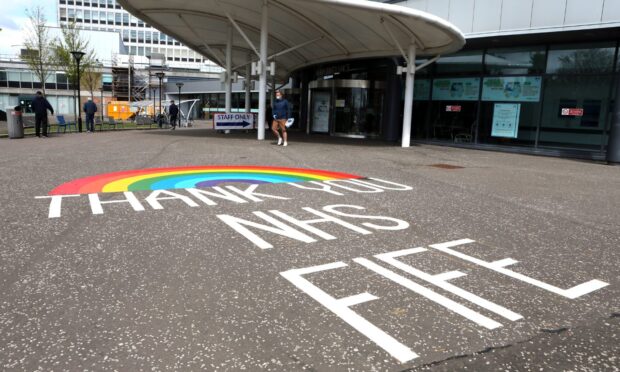Work to clear radiation from Dalgety Bay beach will now run on to next year.
The long-awaited £10 million contract to remove hazardous radium from the foreshore is behind schedule due to a number of delays.
This means that instead of finishing at the end of September, contractors will be back on site from April.
It is anticipated they will finish around the middle of the summer, bringing an end to an 11-year beach closure.
Tidal and weather issues
The clean-up finally got under way in June last year after a 30 year wait and significant pressure from the community.
The aim is to provide “a permanent and positive resolution”.
Stephen Ritchie, from the Ministry of Defence, confirmed the work is taking longer than anticipated.
He said: “During the first working window work progressed but not as quickly as anticipated resulting in less work being completed.”
Mr Ritchie said this was due to contractors agreeing to a different way of working, combined with some tidal and weather issues.
“Based on the current scheduling it is likely to take until June for the decontamination and associated construction to be completed,” he added.
Work can only take place between April and October in a bid to protect wintering birds.
Dalgety Bay beach work will be of a high standard
Dalgety Bay councillor David Barratt said he had anticipated the delay.
The SNP member said: “The first year they didn’t get through anything like the amount of material they thought because they were refining processes to keep Sepa happy and make sure they were as robust as possible.
“There’s no big surprise. There’s no point in arguing about it.
“We know it will happen eventually and it will be done to a high standard.”
Mr Barratt had previously accused the authorities of procrastination and blaming each other for the long-running situation.
Radioactive material was first detected on Dalgety Bay beach in 1990.
Sepa investigations found the contamination originated from the residue of radium-coated instrument panels of military aircraft that were burned and buried at the end of the Second World War.
Several caches of particles were found, with the largest contained within the headland.
The beach has been partially closed to the public since 2011 as a result.
